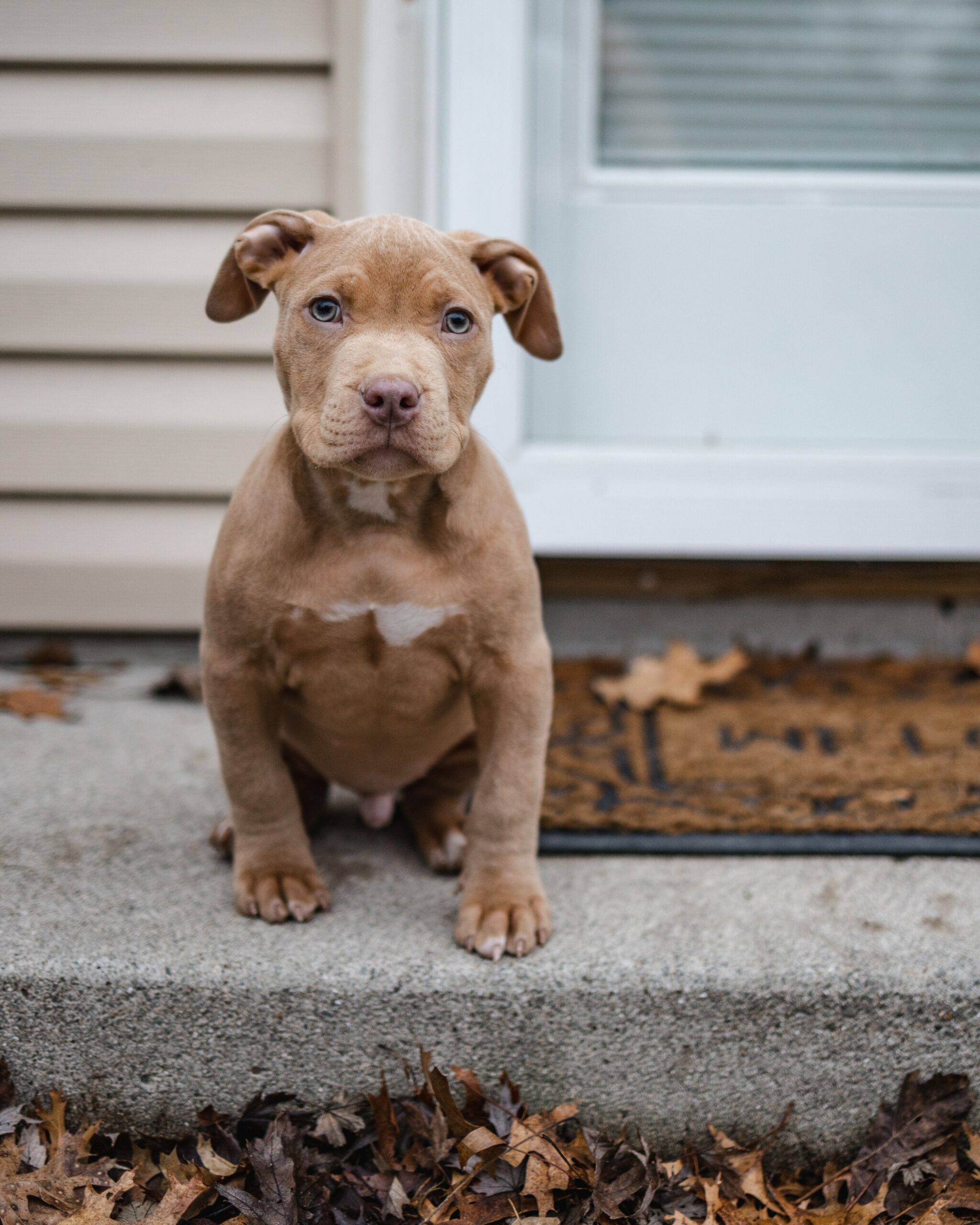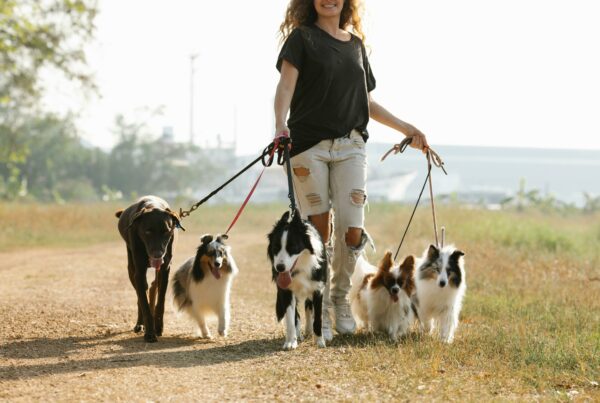If you bring a new dog home and they display behaviors such as avoiding you, demonstrating fear when someone makes a sudden movement, or being fearful of specific items like brooms, they may have been abused in the past. It’s a sad fact, and very hard to understand when you love dogs more than anything, but almost 65% of abused animals are dogs. The good news is that dogs are, by nature, trusting, and they seek to build bonds with their humans. Provided you exercise patience, and you are willing to invest the time needed to help boost your dog’s confidence, you will be trusted and loved unconditionally by your four-pawed friend.
Signs of Fear
Fear is often evident in canine companions. For instance, if your dog cowers when you raise your arm, it may be because it fears that it will be hit (owing to similar experiences in the past). At other times, however, the signs can be more subtle. For instance, your dog may growl at you when you pass by, lick their lips frequently, or yawn even when they are not sleepy. If these behaviors are persistent, consider getting in touch with an experienced dog trainer who specializes in behavioral therapy. Together, you can work out if your dog has any phobias and use desensitization to cut the tie between your dog’s triggers and the emotion of fear.
Being Constant with Feeding, Walks, and Other Routines
Routines are one of the best ways to establish trust. Feed your dog at the same time every day, so they know they can always count on you, and they will never feel hungry. Aim to stick to a routine, so they have numerous experiences with you to look forward to daily. Try to walk them at least twice a day and allow them a bit of off-leash time if you find a safe area or dog park, so they can release pent-up energy. If possible, meet some friends regularly at the park, so your dog not only makes new canine buddies, but also gets used to interacting with their humans.
Waiting for Snuggle Time
One of the best things about having a pet is being able to snuggle with them (often on the couch). However, your dog may take time until it enjoys sleeping by you or being petted by family members. Be patient and allow your dog to approach you and ask for a little love. In the beginning, prioritize routines and trust-building. Signs your dog feels like being caressed include when they move into your space, put their head on your hand or lap, flop their body down near you, or press into you. You will notice that their face looks relaxed, and their eyes get a little droopy.
If you have a new four-pawed buddy who is scared of human beings, a little love and plenty of patience will do the trick. If your dog has phobias or severe fear, enlist the help of a seasoned trainer who specializes in phobias and behavioral modification. Make sure your dog is comfortable and well-fed, and ensure they have a space to call their own. Exercise and socialization can also make your new friend feel the joy of living by your side.
Photo credit: https://unsplash.com/photos/yE1Q3Rld2SI
Love our content? Share it with a friend or link it to social media. Like short clips of cute household pets? Training tips? Follow us on instagram @nydognanny or on YouTube at nydognanny. Have some news you needs to get to dog and cat parents stat? Email info@newyorkdognanny.com with your article pitch.




